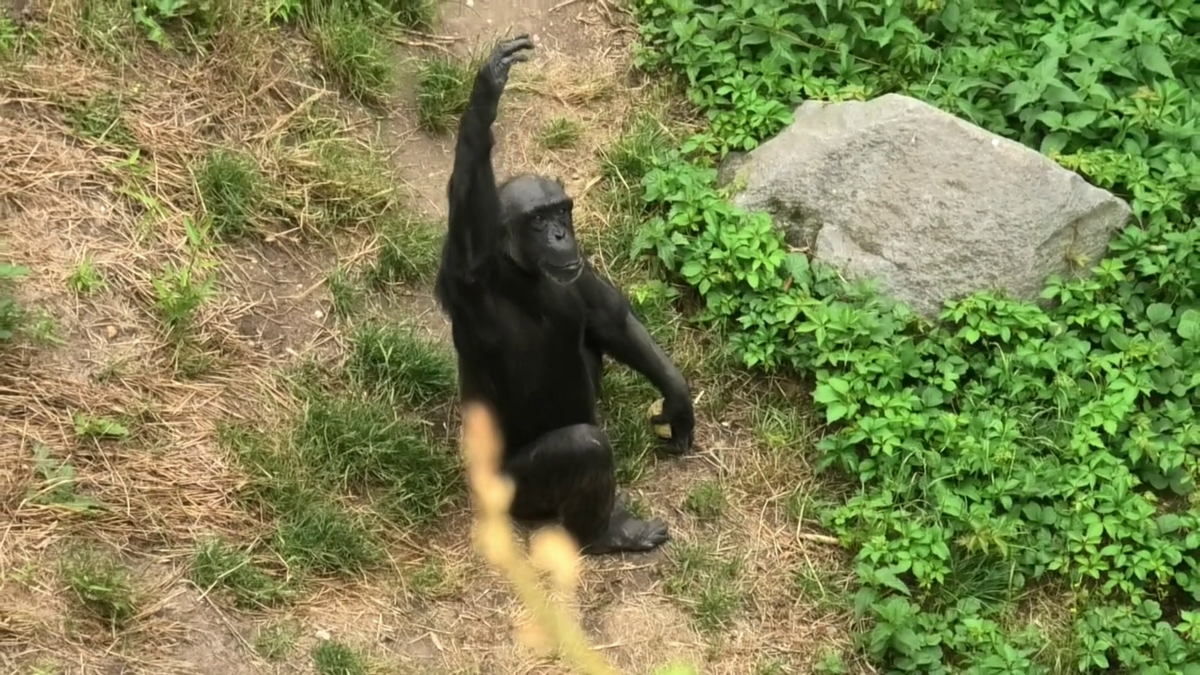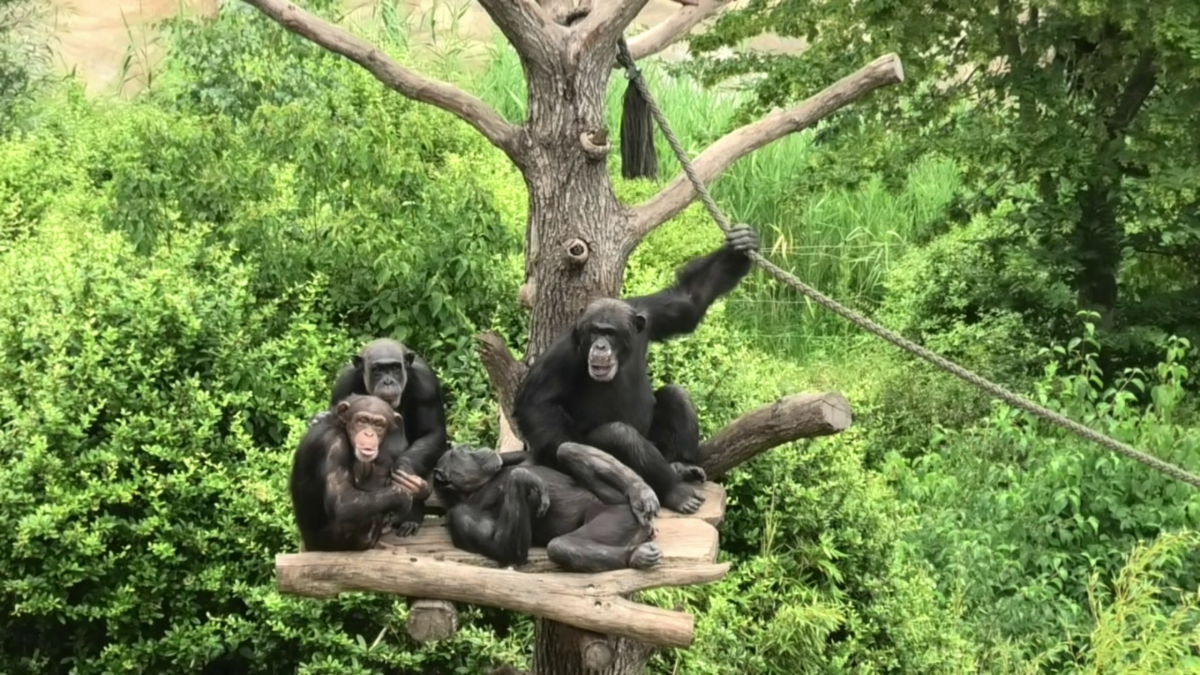Language has often been claimed to be a uniquely human trait. However, some of its core features seem to be present in other animal species.
Phenomena like chemical signaling, mating dances, and bird songs are just some of the examples that show us the complexity of the communication systems found throughout the animal kingdom. Additionally, the cognitive abilities of several primate and avian species suggest that language might trace back to primate lineage, and perhaps beyond. This evidence poses questions about when exactly in the evolutionary history of humans our ancestors first presented each of the salient traits of language and what were the ecological and selective pressures that led to their emergence.
To answer these questions, our investigative effort is to assess which core features of language are present in the living species closely related to humans, e.g., chimpanzees and bonobos, and which ones seem to be uniquely human. Specifically, this project addresses the presence of compositionality in chimpanzee gestural communication.
Compositionality is the construction of composite linguistic forms whose meaning is derived from the meanings of the constituent parts and the rules according to which they are constructed. For example, when we build a sentence, we arrange words together according to grammatical rules, and the resulting meaning of the sentence will depend both on the lexical meaning of the words as well as on its structure, e.g., the position the words have in the sentence.
While compositional structures seem to be present in the vocal domain of chimpanzee communication, whether they also occur in the gestural modality is comparatively less clear. Hence, the aim of this study is to identify meaningful units in the gestural communication of chimpanzees and the potential combinations they form together, or with other meaningful signals, to create novel composite meanings. To do so, we plan to provide a new theoretical framework for the compositional study of gestures and develop a coding scheme for the exact identification of gestural units. We will then accordingly conduct a systematic observation and analysis of chimpanzees communicative behaviour in captive and semi-wild settings.
The project is part of the ViCom network, which is funded by the DFG and involves the participation of several international researchers.

